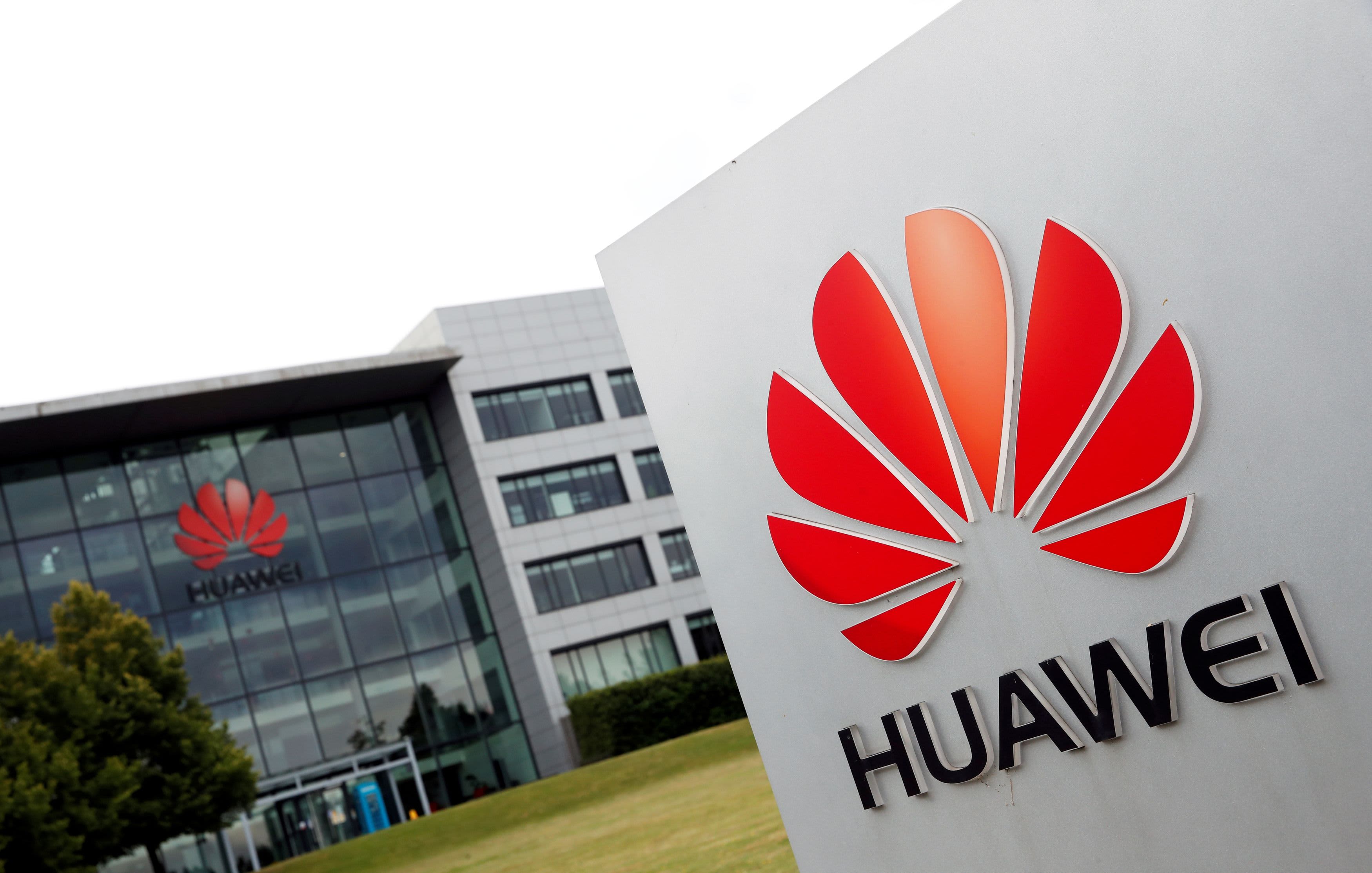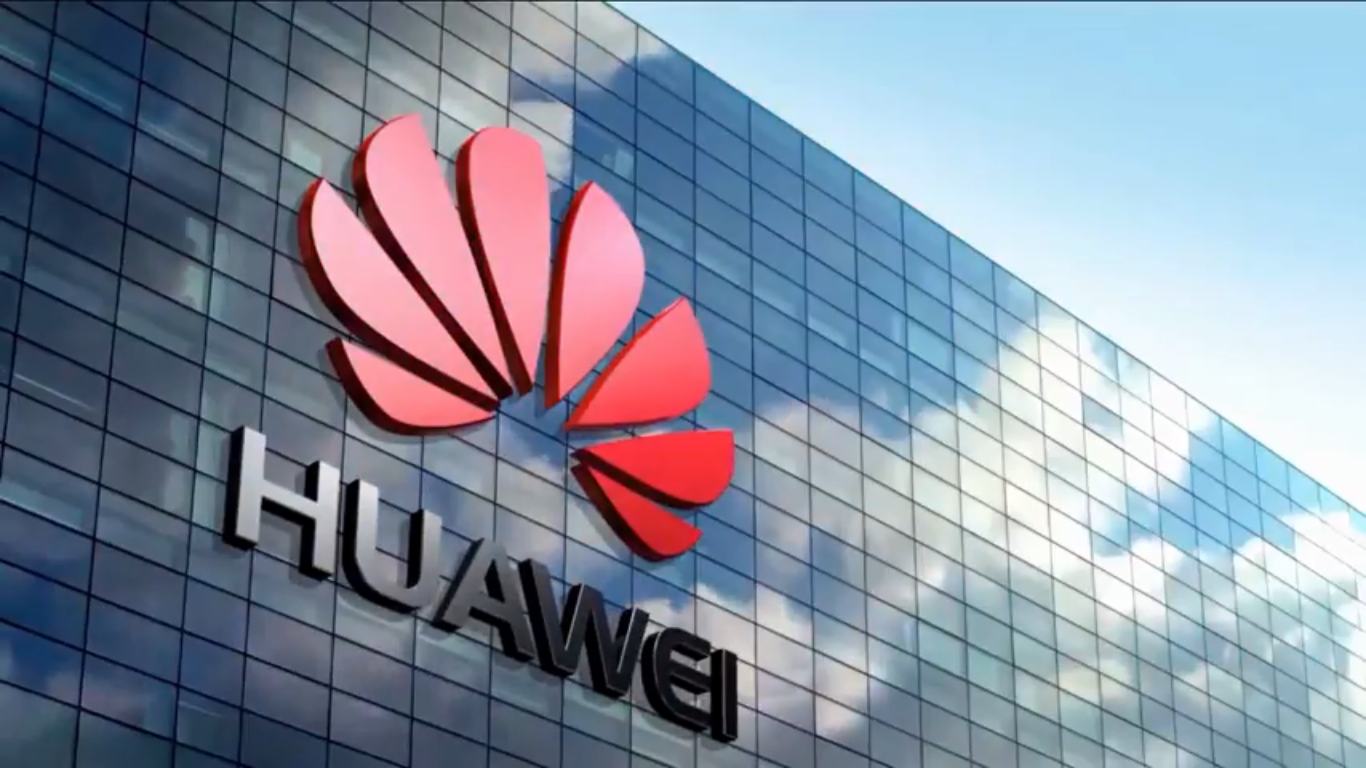Huawei is currently experiencing one of the most amazing comebacks in the technology industry’s history.
The Chinese behemoth, a flashpoint in the increasing conflict between Washington and Beijing, claims that more than 900 million smartphones already use its in-house operating system, Harmony OS.
“We have done in 10 years what our European and American counterparts have done in more than 30 years, and we have achieved independent control of the core technology of the operating system,” Richard Yu, head of Huawei’s consumer business group, said at a developer forum on Friday.

Huawei Isn’t Just Back From The Dead. It’s A Force To Be Reckoned With
Harmony, also known as “Hongmeng” in Chinese, was initially presented in 2019, months after Huawei was placed on a US trade blacklist, which prohibited American companies from supplying technology and software to the Chinese tech corporation without a license.
US politicians have long claimed that Huawei is a national security danger, arguing that the Chinese government may exploit the company’s technology to eavesdrop. The business continually rejected the charges, but some American allies, including the United Kingdom, limited Huawei’s role in developing 5G networks.
The US prohibition stopped businesses like Google (GOOGL) from delivering new Huawei smartphones with their version of the Android operating system. These constraints dealt a significant blow to the Chinese company’s smartphone ambitions at the time, with some analysts predicting the Huawei phone would become “a brick.”
The corporation is once again on its path to the top. It is also expanding into new businesses. Last year, it debuted an electric vehicle to compete with Tesla’s Model S. It also has high artificial intelligence (AI) ambitions.
Nvidia (NVDA), tied with Microsoft (MSFT) as the world’s most valuable public corporation, called Huawei a major contender earlier this year in several areas, including processor production for AI systems.
Yu stated on Friday that Huawei’s AI framework, built around its Ascend processors, is 1.1 times more effective at training large language models than standard foreign alternatives. He didn’t name the competitors.
A surprising development.
However, the most visible resurgence has been in smartphones. Yu said that sales of Huawei’s flagship smartphones increased 72% in the first five months of 2024 compared to the same period a year ago, highlighting the company’s plans to reclaim the top spot despite harsh US limitations.

Huawei Isn’t Just Back From The Dead. It’s A Force To Be Reckoned With
The Shenzhen-based conglomerate’s famous Mate 60 Pro smartphone made news last year after the US government requested more information about the model, which included a complex chipset.
Its debut astounded industry observers, who questioned how the company could obtain such chips due to the US’s extensive attempts to restrict China’s access to foreign semiconductor technology due to national security concerns.
The company’s net profit increased 564% to $2.71 billion in the first quarter, following its greatest revenue rise in four years in 2023, on to a rebound in its consumer market and revenues from new industries such as smart car components.
Huawei is also targeting another of the world’s largest firms. According to Counterpoint Research data from April, its smartphone success in China has directly influenced Apple’s (AAPL) premium sector.

Huawei Isn’t Just Back From The Dead. It’s A Force To Be Reckoned With
According to Counterpoint, the iPhone maker dropped to third place in China’s smartphone market in the first three months of this year after leading with about 20% in the first quarter of 2023. Its market share stood at 15.7%, while Huawei’s increased to 15.5% from 9.3% in 2023.
iPhone sales began to recover in May after the company aggressively reduced pricing in its largest overseas market.
SOURCE – (CNN)









